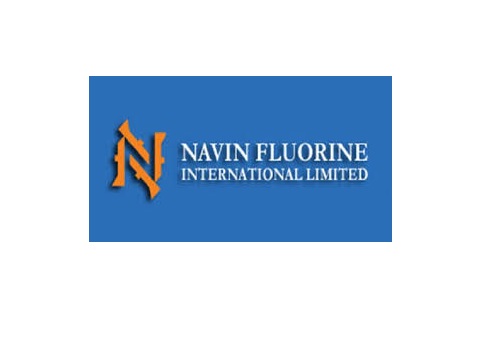Buy HDFC Bank Ltd For Target Rs. 2,010 - JM Financial Institutional Securities
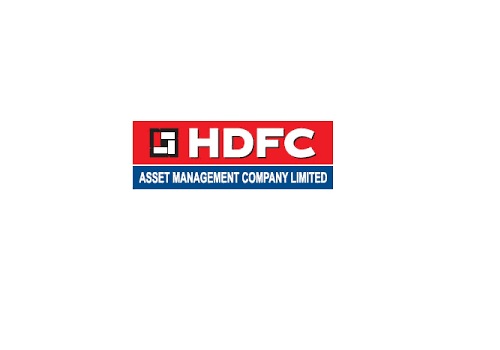
NIM pressures persist
HDFC Bank's 3QFY24 core-PPOP at INR 222bn (2.4% QoQ), missed our estimates (of Rs233bn) as NIMs (3.4%) remained flat QoQ at the relatively suppressed levels seen in 2QFY24. This, despite a) the impact of ICRR (which was a drag on NIMs in 2Q), excess liquidity build-up due to merger management not being there and b) LCR run down from 121% to 110% during the quarter. We estimate core margins could have declined by >20bps QoQ for HDFC Bank which was a disappointment. PAT stood at INR 164bn (2.5% QoQ, ahead of our estimates of INR 152bn) which was aided lower effective tax rate during the quarter. Management alluded to continued competitive pressures on deposit growth given tight liquidity. Over the medium term, Mgmt. believes greater contribution of retail assets in the overall asset mix should aid margins to normalize to higher levels. PPOP at Rs236.7bn (+4% QoQ) was aided by trading gains of Rs14.7bn. Cost-income ratio stood at 40.3% (flattish QoQ) with opex growing by 28% YoY. Core credit costs stood at 50bps and HDFC Bank created contingent provisions of Rs12bn pertaining to investments in AIF (based on RBI's new norms). Asset quality remained largely stable (slippage ratio at 1.4%) during the quarter. Given continued systemic tightness in liquidity and HDFC Bank's high ask rate w.r.t to deposit accretion (LDR>100% and LCR already down to 110%), we believe improvement in HDFC Bank's NIMs will need a fine balancing act and improvement will be only be gradual. While acknowledging the near-term pressures, we believe HDFC Bank remains well-placed to deliver healthy growth with relatively lower risk. We maintain BUY with a target price of INR 2010 valuing core HDFC Bank at 2.4x FY26E P/BV and subsidiaries valued at INR 210.
* NIMs remain soft; LCR reduction aids NII: HDFC Bank reported a core PPOP of INR 222bn on the back of continued NIM pressure – NIMs on avg total assets -25bps QoQ to 3.40%. Mgmt. expects to achieve maintain NIMs around 3.7% over the medium term by a) pushing for retail loan growth b) ramping up deposit growth by bringing down high cost borrowings. HDFC Bank’s NII growth remained healthy (+4% QoQ) and was aided by LCR rundown (at 110% vs 121% QoQ). Other income (+4% QoQ) was supported by trading gains of INR 14.7bn (vs INR 10.4bn QoQ).
* Core-PPOP growth modest; opex ratios could improve in FY25: Core-PPOP growth stood at a modest 2.4% QoQ given continued opex momentum. However, this is likely to slowdown over FY25. Mgmt. has also revised its target for branch expansion to c.1000 for FY24 from 1500 previously (270 added YTD24).
* Growth vs NIMs a key question; valuations are in favour: Net advances outpaced deposit growth with it growing at 4.9% QoQ vs. deposits growing rather slow at +1.9% QoQ. Loan growth was led by wholesale loans growing at 6.5% QoQ while retail grew at 3.3% QoQ. Wholesale growth was led by emerging corporate and business banking whereas growth in retail was driven by home loan and payment products. Mgmt. highlighted that they plan to accelerate on retail loans going forwards to maintain margins by focusing on high yield loans. In the last few quarters, unsecured loans grew at a calibrated pace with sanguine asset quality thus giving bank an opportunity to grow in this space.
For More Emkay Global Financial Services Ltd Disclaimer http://www.emkayglobal.com/Uploads/disclaimer.pdf &
SEBI Registration number is INH000000354






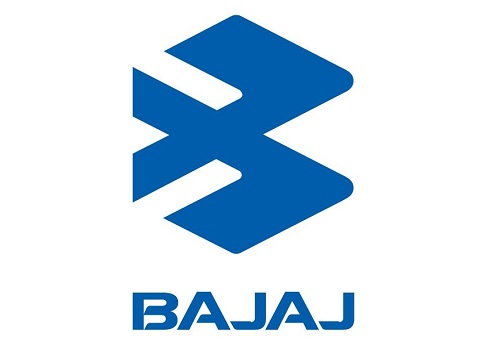










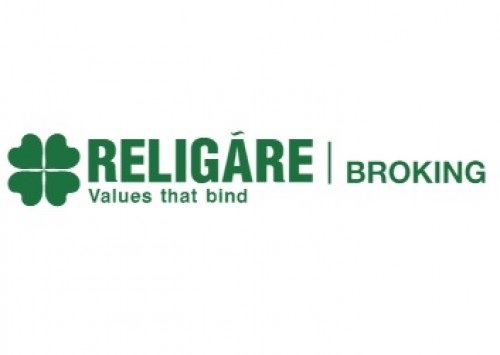
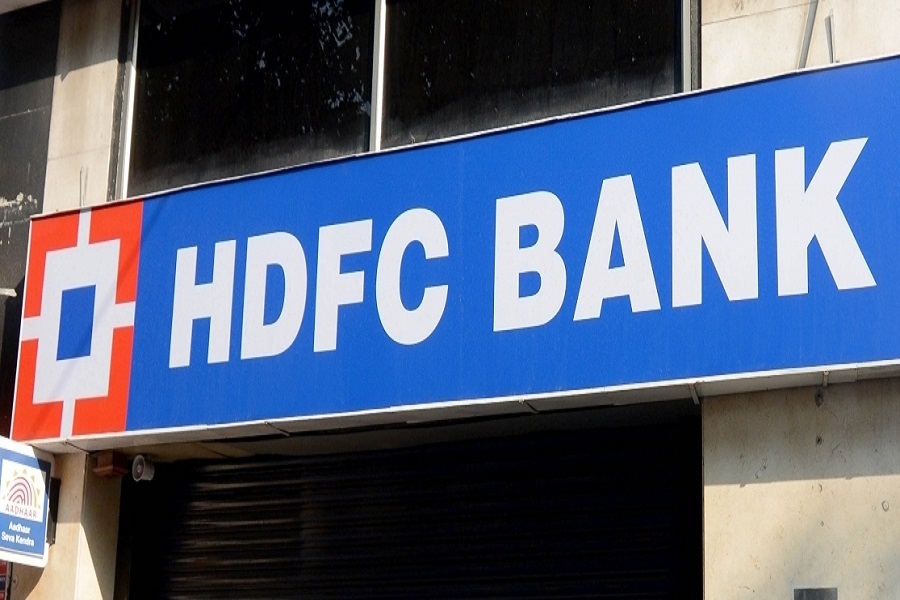

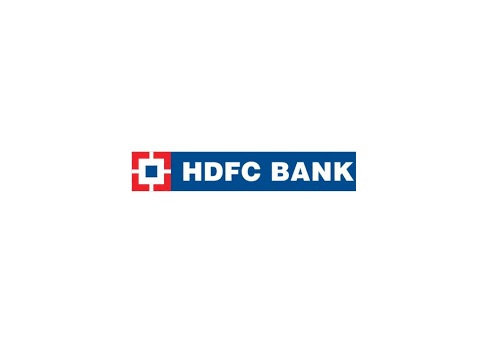
 Ltd.jpg )
